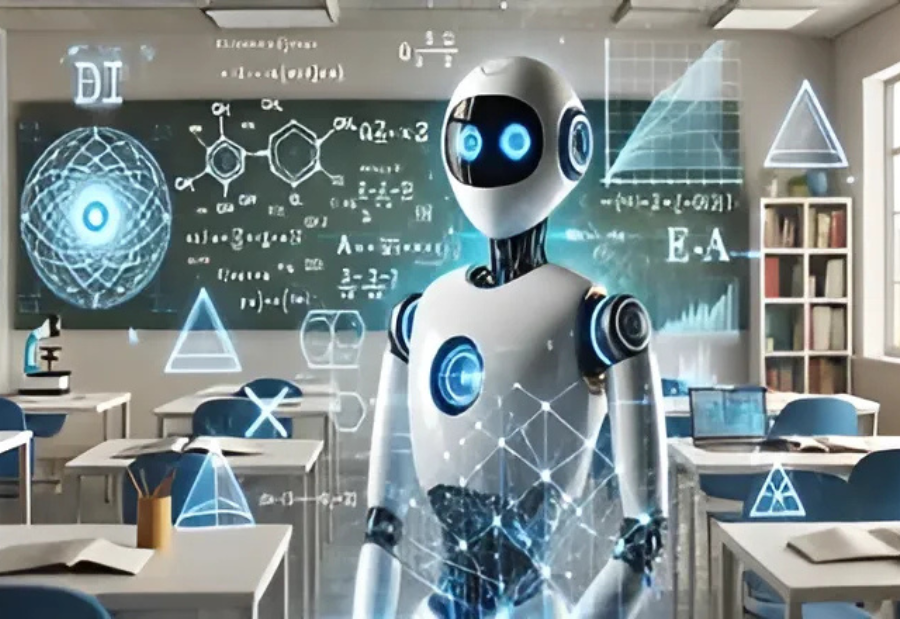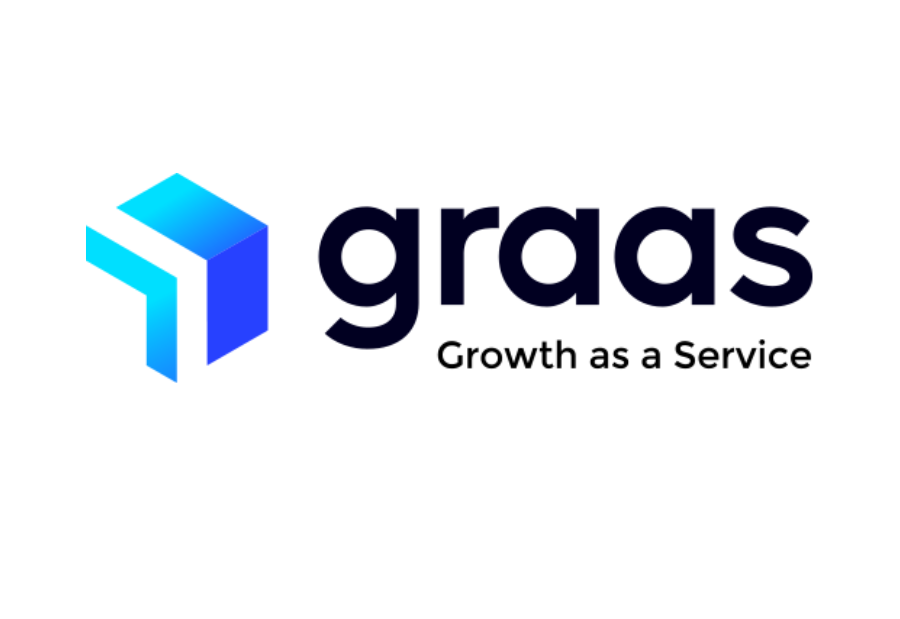Mathematics has always been the ultimate test of human logic and creativity — from ancient scholars crafting proofs on parchment to modern scientists simulating complex systems on supercomputers. But in recent years, a new player has entered the equation: Artificial Intelligence (AI). No longer confined to chatbots or recommendation engines, AI is now solving mathematical problems that once required months — or even years — of human effort.
From Symbol Crunchers to Reasoning Machines
Early AI systems approached math like brute-force machines, rapidly crunching numbers but struggling with deeper reasoning. Today’s AI, powered by machine learning, natural language processing, and neural networks, goes far beyond. It can:
- Interpret mathematical language and notation.
- Understand problem constraints and context.
- Strategize multiple solution paths instead of just computing answers.
For example, DeepMind’s AlphaZero-inspired algorithms have been adapted to tackle symbolic reasoning problems, while OpenAI’s Codex can translate natural language into step-by-step solutions for algebra, calculus, and beyond.
AI Meets Advanced Mathematics
AI isn’t just helping high school students with homework — it’s tackling frontier-level research problems.
Topology & Geometry: DeepMind’s AI found new conjectures in knot theory, helping mathematicians explore relationships that were previously unseen.
Optimization Problems: AI is solving complex supply chain and network optimization tasks, reducing computation times from weeks to hours.
Mathematical Proofs: Automated theorem provers, like Lean and Isabelle, combined with AI models, are assisting in proving — and verifying — mathematical theorems faster and more reliably.
Real-World Impact
AI-driven mathematical problem-solving is already reshaping industries:
Engineering: Designing more efficient circuits and structures by solving complex equations faster.
Physics & Chemistry: Modeling molecular interactions with higher precision.
Finance: Improving algorithmic trading models through advanced quantitative analysis.
These breakthroughs free human experts to focus on creative intuition and conceptual leaps, while AI handles the labor-intensive calculations and pattern recognition.
Challenges and Cautions
Despite its prowess, AI in mathematics isn’t flawless.
Interpretability: AI can produce correct answers without clear explanations, making it hard to trust in critical fields.
Bias in Training Data: If an AI learns from flawed or limited datasets, it can inherit and amplify errors.
Over-reliance: Students and researchers might lose problem-solving skills if they depend entirely on AI tools.
The challenge is to ensure AI remains a collaborator, not a crutch.
The Future Equation: Humans + AI
The vision isn’t to replace mathematicians but to amplify their capabilities. Imagine an AI partner that can instantly test hundreds of hypotheses, leaving humans free to focus on the “big picture” and creative reasoning. This symbiosis could lead to solutions for problems that today seem intractable — from climate modeling to understanding the deepest structures of the universe.
As we step into this future, AI will be less of a calculator and more of a co-discoverer, redefining how we approach mathematics itself.
Also read: Viksit Workforce for a Viksit Bharat
Do Follow: The Mainstream formerly known as CIO News LinkedIn Account | The Mainstream formerly known as CIO News Facebook | The Mainstream formerly known as CIO News Youtube | The Mainstream formerly known as CIO News Twitter |The Mainstream formerly known as CIO News Whatsapp Channel | The Mainstream formerly known as CIO News Instagram
About us:
The Mainstream formerly known as CIO News is a premier platform dedicated to delivering latest news, updates, and insights from the tech industry. With its strong foundation of intellectual property and thought leadership, the platform is well-positioned to stay ahead of the curve and lead conversations about how technology shapes our world. From its early days as CIO News to its rebranding as The Mainstream on November 28, 2024, it has been expanding its global reach, targeting key markets in the Middle East & Africa, ASEAN, the USA, and the UK. The Mainstream is a vision to put technology at the center of every conversation, inspiring professionals and organizations to embrace the future of tech.




